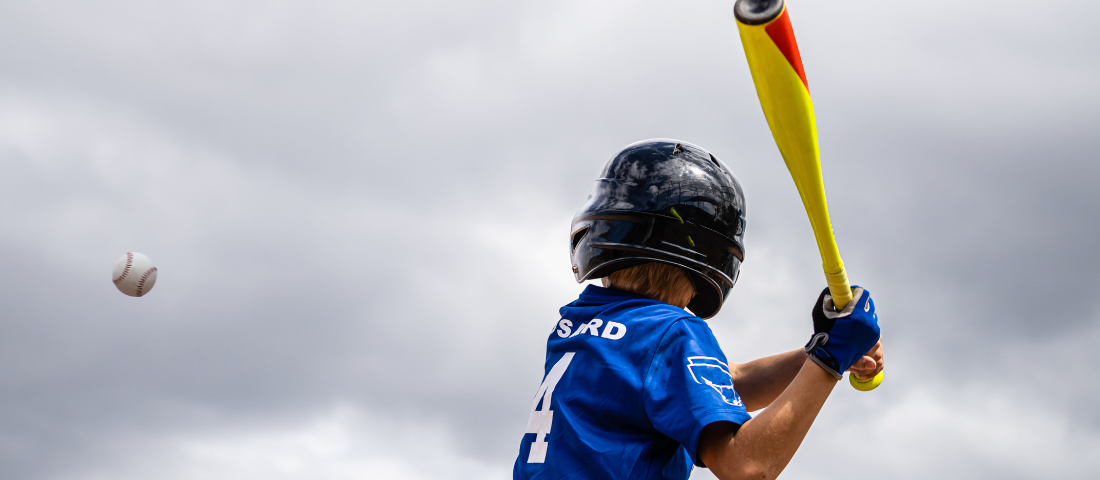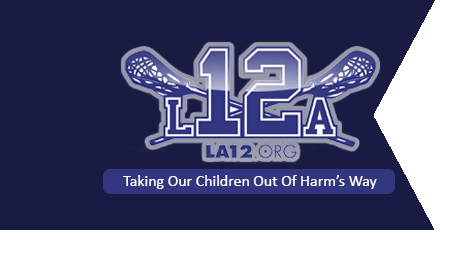Little Leaguers need chest protectors

Quick thinking, AED unit save referee at Argyle game
February 10, 2023
AED, CPR, Teamwork Save A Life
November 28, 2023
By Philip S. Cicero
March 21, 2023
By now, many of us are familiar with the near-disastrous football event involving Buffalo Bills safety Damar Hamlin. Hamlin collapsed after making a very common tackle, fell to the ground, and did not move. He had suffered cardiac arrest, and if not for the perfect storm of immediate medical attention — team physicians, multiple athletic trainers performing CPR, EMS, a waiting ambulance, and an automated external defibrillator (AED) — this young and fit athlete would not be here today.
The risk of cardiac arrest, and even death, exists in other sports, too. The Sudden Cardiac Arrest Foundation says cardiac arrest is the leading cause of death among athletes — 1 per 5,000 players in NCAA Division I basketball, the riskiest college sport, followed by lacrosse.
But when it comes to youth sports, cardiac arrest is not something we anticipate among children. Yet according to simonsheart.org, cardiac arrest kills approximately 2,000 children a year. It is responsible for up to 5% of the deaths among children 5-to-19 years old. The causes vary from structural abnormalities to heart disease to chest trauma.
Chest trauma was responsible for the death of a 7-year-old playing baseball with a friend in his own backyard in Marietta, Georgia. ABC News reported that the boy died after getting struck in the chest by a batted ball. The ball hit an area of the heart at the wrong time, and the resulting trauma was fatal. The Journal of the American Medical Association reported that the most common cause of traumatic death in youth baseball is blunt trauma to the chest.
Getting hit by a pitched ball can also have dire consequences. A 9-year-old boy from Virginia who was hit in the chest by an inside pitch was saved with immediate CPR. Doctors would not confirm with certainty that the heart had been in cardiac arrest.
Long Island has not been immune to youth sports tragedy. A 14-year-old lacrosse player from Northport High School took a lacrosse ball to the chest, collapsed, and died in March 2000. However, some good came from this tragedy. Because of the tireless efforts of Louis Acompora’s parents, all first responders were subsequently required to carry an AED. Later, Louis’ Law made mandatory that every school and field in New York State have an AED on the premises, like the AED that helped save Damar Hamlin’s life.
With youth baseball and softball leagues springing back into action on Long Island, it is time that these leagues consider some preventive measures to avoid unnecessary and life-ending tragedies. First and foremost, youth league officials need to take a common-sense approach, making sure that every player is equipped with a chest protector. Players are already provided with helmets to protect against concussions and traumatic brain injuries; why not protect the heart? Secondly, young batters need to learn how to avoid getting hit with a pitched ball. As coaches teach the fundamentals, correctly avoiding an errant pitched ball should be taught as well. And lastly, coaches should be trained to observe the warning signs of cardiac arrest.
When a player collapses, youth leagues will rarely have on hand the expert immediate medical attention and intervention that saved Damar Hamlin. So youth league officials and coaches should make sure every preventive measure has been taken to avoid the unthinkable in the first place.

